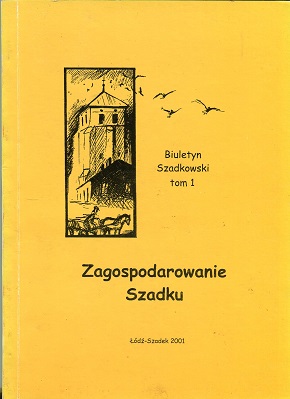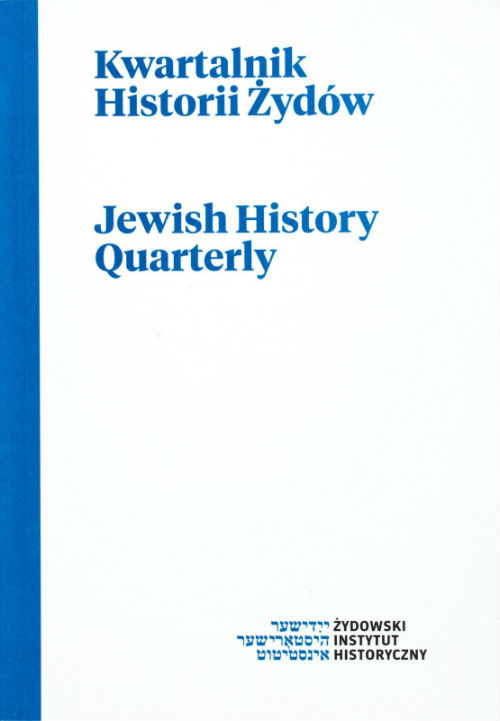


Keywords: gälisch; schottland; gaelic; scotland; förderung; support; finanzeirung; financing; rundfunk; fernsehen; broadcasting; bildung; education; crowdfunding
The funding structures for the support and promotion of Gaelic in Scotland involve a large number of different organisa-tions and discrete mechanisms. It is not really meaningful to think in terms of a single budget whose components could be determined and reallocated on the basis of a single decision process. Most obviously, the funding structures for Gaelic broadcasting, Gaelic education and Gaelic development are entirely distinct. Decisions concerning broadcasting are ulti-mately made by the UK Government and the Scottish Government. Decisions concerning education funding are made by the Scottish Government, by individual local authorities and by Bòrd na Gàidhlig. The latter is a non-departmental public body (NDPB) that is responsible for the implementation of the Gaelic Language (Scotland) Act 2005 and also directly in charge of funding decisions for general Gaelic development. A small number of Gaelic projects have been co-funded by other organisations (public as well as private), and 2013 saw the first ever crowd-funded initiative in support of Gaelic, but the extent of such contributions is negligible in light of the overall amount required for the maintenance of current Gaelic institutions and services. By far the largest share of funding decisions for Gaelic can thus be said to be in the hands of politicians elected by Scottish voters at the local and national level, rather than chosen directly by the Gaelic community, with the members of Bòrd na Gàidhlig being appointed in a standard public appointments process.
More...

Keywords: maćica serbska; encyklopedija; encyclopaedia; ota; wićaz; leksikografija; leksikon
More...
Keywords: dohna; ortsname; place name; alttschechisch; old czech; besiedlung settlement; nisane
The close connections between the Old Czech and Old Sorbian language areas have frequently been the subject of academic investigation. The last investigation by Ernst Eichler came to particular conclusions on these problems, using the name of the village of Dohna as his starting point; these will be supplemented here by new findings. They not only include phonological features, which point to the existence of speakers of Old Czech in the region of Nisane and the adjacent area in the early medieval period, but also to particular place names, including above all the archaic names of Koso-budy/Žornosěky. The development of settlement patterns in the early Slav period can be illuminated more precisely in this way, and also our historical and archaeological knowledge can be extended through the use of revealing details.
More...
Keywords: residents; town; expressions
More...
Keywords: geological structure; landform; Szadek
More...

Keywords: land use; buildings; technical infrastructure; Górna Wola; Szadek
More...

Keywords: investments; Szadek
More...
Keywords: environmental determinants; Szadek
More...
Keywords: spatial development; Szadek
More...
Keywords: spatial development; Szadek; councilors
More...
Keywords: water resources; surface waters; Szadek
More...
Keywords: Szadek; administrative division
More...
Keywords: geographical space; Boczki; Szadek
More...
Review of periodicals: "L'Arche", "Forverts", "Der yiddisher tam tam", "Outlook", "Shofar", "Yad Vashem Magazine", "Yad Vashem Studies", "YIVO News".
More...
Keywords: underground press; Warsaw ghetto; political writing; Jewish Resistance Movement; World War II - Poland
The article looks at the assessment of the socio-political nature of ongoing war in the underground press of the Warsaw Ghetto. The subject matter was in the centre of disputes particularly before the German attack against the Soviet Union, when two approaches to these problems evolved among the Jewish Left underground. The proponents of the one approach invoked the Communist concept of intra-imperialist war (to which the workers’ movement should respond with the so-called revolutionary defeatism), while the advocates of the other school of thought saw the war as a clash between a camp of totalitarian fascist regimes and Western democracies. One additional contribution to the dispute, which went beyond that division, was the approach expounded in the press by anti-Stalinist Communists invoking Leon Trotsky’s ideals, who formulated the theory of the so-called Jacobin war as the recommended groundwork of the activities of the workers’ movement in democratic countries.
More...
Keywords: Holocaust; representation; museums; memory; visualization; World War II
The author looks at the question of the presentation of the Holocaust in museums and monuments. The museums established on the site of former Nazi concentration camps and death camps are special places. They are sometimes referred to as historical museums of a new type, due to the fact that the topics they deal with do not concern history alone but also other areas, such as sociology, social psychology or anthropology. Apart from the moral and historical obligations to the victims and the survivors, they carry responsibility for shaping the consciousness and historical memory of contemporary generations. Even so, the past presented in the museums is not what actually happened, not is it an objective reconstruction of traumatic events. It is rather a product of the present times, reflecting the current assumptions and judgements of the authors of the display, their vision and concept of past reality. The author takes up the problem of building public memory in institutionalized forms and asks about the limits of representation of the Holocaust in museum space.
More...